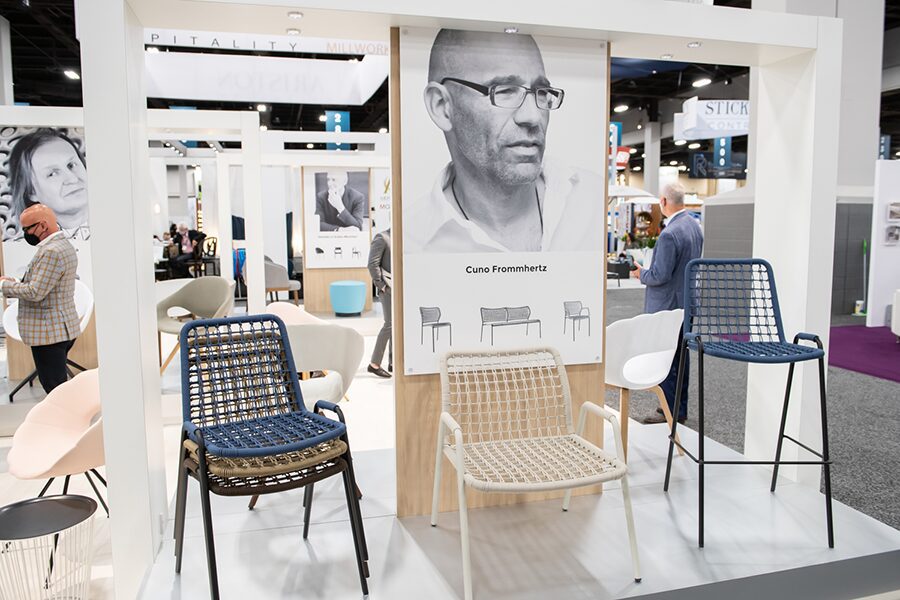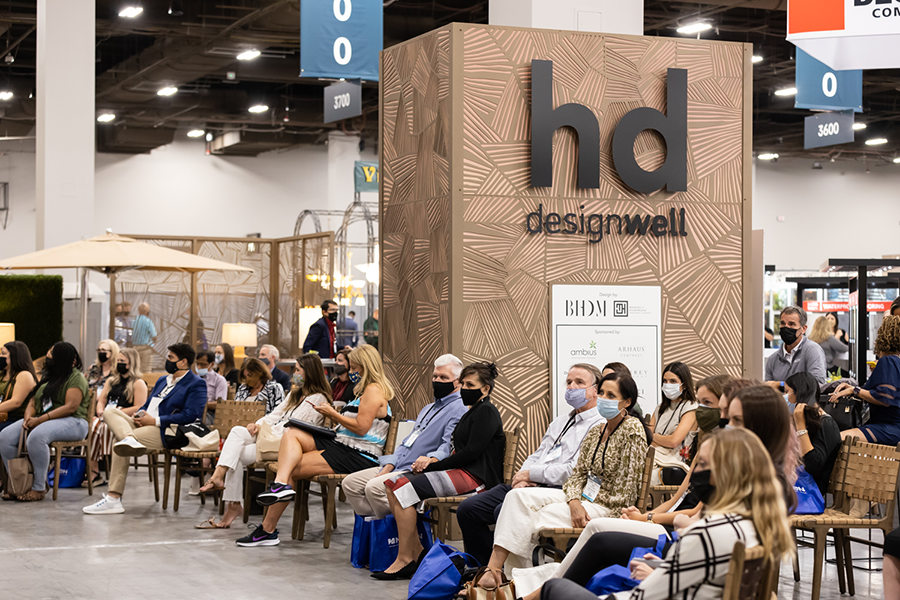This year marks the seventh annual Radical Innovation in Hospitality Design Awards. The brainchild of the John Hardy Group (JHG) and Hospitality Design (HD) magazine, this unique competition is one of the signature events at HD Expo, and celebrates and encourages the most cutting-edge design concepts in our industry. From mobile bridges to an undersea paradise and beyond, here’s a look back at the winners from the past six years. Come vote for this year’s most innovative concept on Wednesday, May 15th, at 10 a.m.
2012
Koi, designed by MM Planners in France, sees hospitality as a co-star in the performance of a city’s dynamics and urban regeneration. This mobile hotel and meeting place literally acts as a bridge, its placement over rivers in major downtown areas allows for connections between people and places. Guests experience sweeping river and city views and immersion into cultures on both sides of the “urban link” through increased accessibility and major attractions, like concerts held on the floating 
bridge itself.

Koi
2011
Remistudio’s “green hotel” the Ark seeks to answer the challenges of protection against extreme environmental conditions and defending the natural environment from human activities with quick, easy assembly and a versatile structure that does not adversely affect its surroundings. With its natural arched shape, transparent roof, and autonomous life support systems, the Ark can be built where there is no other energy or infrastructure-on water, ice, or mountain slopes.

The Ark
2010
WATG’s the Mosaic PATHWAY (Portable Adaptable Temporary Hotel With Alternative You-ses) system generates temporary accommodations for areas affected by natural disasters or for concerts or festivals, and is adaptable to almost any geography. Individual modular units or “prisms” can be configured in countless ways, are collapsible for ease of transportation, and come with furniture and self-contained energy, plumbing, and lighting systems.

Mosaic PATHWAY
2009
Metro 1 Properties’ Pixel Hotel in Linz, Austria, redefines the traditional image of a hotel by placing the guestrooms in various locations throughout the city-chosen for their history and design potential-like an art gallery and a former soup kitchen. Pixel reflects the spread-out, unique infrastructure of Linz, and the decentralized and deconstructed concept works because reception, concierge, housekeeping, maintenance, and other common hotel services are all mobile.
![]()
Pixel Hotel
2008
Morris Architects’ Oil Rig Platform Resort & Spa tests the Gulf of Mexico as America’s Dubai by creating an eco-friendly luxury hotel experience on a decommissioned oil rig. Wind, waves, and sun are transformed into energy, and a central open core of water allows for aquatic performances and acts as ballast during storms. Adventurous guests can take advantage of the unique settings with water-based and undersea excursions, sport, and gaming.

Oil Rig Platform Resort & Spa
2007
Poseidon Mystery Island, designed by Jean-Claude Carme, is the first undersea resort in the world. This 7-Star, 25-suite undersea oasis is accessible via elevator-located at 40 feet beneath sea level in a 5,000-acre Fijian lagoon. The surrounding coral provides all guestrooms with both garden and ocean views, and guests can enjoy marine-focused spa treatments as well as bars, retail, theater, a golf course, and, of course, submarine rides.

Poseidon Mystery Island


